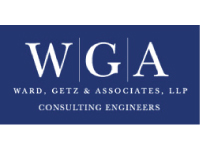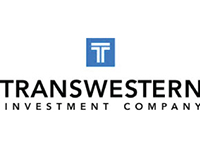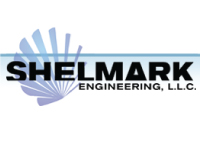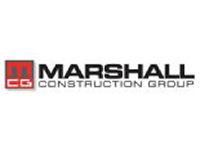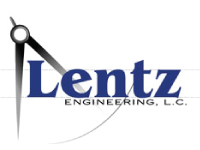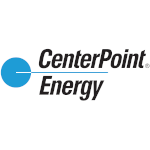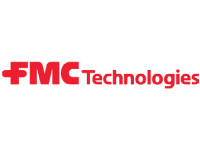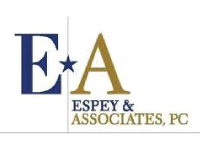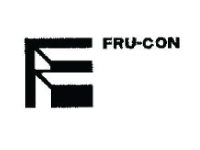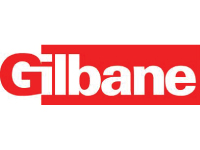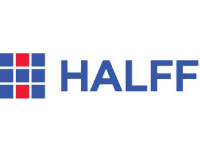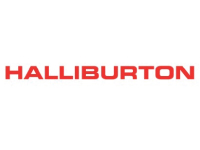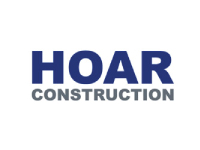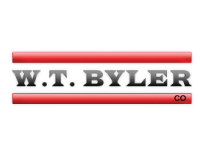Gretna City Hall
Within the swales are a series of forebays that pond stormwater behind earthen berms, at the bottoms of which are 10” pipes that allow low flows through and extend time of concentration for larger...
Rainwater Harvesting is often viewed as expensive. While “expensive” is relative, it’s rare an economic justification can’t be made for the practice. The issue is how that economic analysis is done and what level of reliability there is in that economic model because it is rare that costs are tracked beyond the design phase.
Construction EcoServices uses a data heavy approach that analyzes Daily Rainfall, calculating 10 years of daily historical data to give you the most accurate assessment. This creates real life projections based on daily inputs. While no model is 100% accurate, this approach yields reliable results due to many more data sets and allows you to effectively analyze wet years and dry years to see worst case scenarios. A favorable Return on Investment is also easier to attain with this data, giving you the opportunity to harvest water to the maximum extent practicable.
Too learn more about our preferred rainwater capture system and components, click on any of the link in the right column.
Rainwater
Stormwater
Condensate
Condensate is a consistent source of stormwater when it is needed most. Due to it’s predictability, it can greatly reduce the size of the harvesting system, therefore impacting the return on investment. Air condition demand and humidity are two factors that greatly impact condensate production. Consult your MEP for predictions on seasonal condensate production from a building.
Grey Water
When code allows, grey water can be used assuming there is enough supply. Often time, the cost to filter outweighs any economic gain. Analysis must be done to weight the viability of grey water capture.
Irrigation
Landscaping is generally your highest demand. The more data available regarding this demand the better. The use of drought tolerant plants and efficient irrigation practices can greatly impact ROI.
Indoor Non-Potable Water
Compared to Landscaping Demand, Indoor Non-Potable Water Demand is relatively low volumes. Also, the filtration systems required for indoor non-potable water can get expensive, increasing the return on investment. The economics of weather or not to pursue indoor nn-potable water use needs to be assessed on a project by project basis if your objective is create a ROI of less than 10 years.
Storage Systems
There are many rainwater harvesting approaches, both above ground and below ground. A general rule of thumb is that these systems will range from $1.50 to $4.00 per gallon depending on material selection and size. The larger the system, the lower the cost per gallon.
Pumps
There are many pump options on the market and also range in cost. On small projects, these pumps can make up a large portion of the overall system cost, while on large projects, they are a relatively low percentage of the over all cost. Pumps can range from $5,000 to $40,000 depending on depth of underground systems, amount of irrigation needed, etc.
As can be seen in the graph below, the tank never fills to full. This tells us our drainage area (supply) isn’t large enough to fill the system that we have designed. A properly sized system would never exceed 75,000 Gallons based on this drainage area.
As you can see, simply by adding areas from which we can capture runoff, we can have an enormous impact on the return on our investment.
Within the swales are a series of forebays that pond stormwater behind earthen berms, at the bottoms of which are 10” pipes that allow low flows through and extend time of concentration for larger...
The unpredictable and frequent storms, combined with clay soils, forced the design team to create a solution that would perform under extreme conditions while keeping the long-term maintenance costs...
If the City of Ennis was going to invest heavily into a pedestrian friendly roadway, they needed to ensure the trees would survive and reach full maturity.
...Structural soil cells from Citygreen, called Stratavault, were chosen to provide 50,000 CF of soil for all the trees in the park. Stratavault is a modular design that provides structural support for...
Located outside of the City of Houston in Fort Bend County, the single-family residential project known as Camellia is a great example of how Stormwater Multifunctional Design can benefit the community,...
How did PowerBlock serve the function of a detention pond, drainage inlet and a water quality unit on this project?
...A vacant lot next on the corner of Tchoupitoulas and Calliope was going to be a challenge to develop into a new eatery and bar in the Warehouse District. The surrounding environment isn’t the most...
Utilizing a dry swale as the primary conveyance feature, the design team explored the various biofiltration medias available for filtering pollutants.
...Within the swales are a series of forebays that pond stormwater behind earthen berms, at the bottoms of which are 10” pipes that allow low flows through and extend time of concentration for larger...
The civil engineers were tasked with managing and treating 1,000 cubic feet of stormwater runoff within a 1,200 square foot area, most of which is a parking surface.
...Many Low Impact Development Practices were used, including bioretention, bioswales, vegetated structural roadway shoulders, permeable pavers and rainwater harvesting and reuse.
...Working with Construction EcoServices, the engineers at EHRA, Inc. rescued this project using Low Impact Development (LID).
...Structural soil cells from Citygreen, called Stratavault, were chosen to provide 50,000 CF of soil for all the trees in the park. Stratavault is a modular design that provides structural support for...
Traditional bioretention was not feasible with the limited area for treatment and long-term maintenance, leaving the engineers with a decision to use FocalPoint High Flow Biofiltration.
...The engineers were able to take advantage of using Harris County’s Low Impact Development (LID) regulations by increasing the time of concentration of storm water on this site.
...The LID solution nearly eliminated the need for a detention pond altogether and in the process gained three additional lots, or 15% more homes.
...Within the swales are a series of forebays that pond stormwater behind earthen berms, at the bottoms of which are 10” pipes that allow low flows through and extend time of concentration for larger...
Harris County Precinct 4 decided to go with developing their new service center as a Low Impact Development site to implement the allowable practices in the counties Low Impact Development Design Manual...
Within the swales are a series of forebays that pond stormwater behind earthen berms, at the bottoms of which are 10” pipes that allow low flows through and extend time of concentration for larger...
The unpredictable and frequent storms, combined with clay soils, forced the design team to create a solution that would perform under extreme conditions while keeping the long-term maintenance costs...
If the City of Ennis was going to invest heavily into a pedestrian friendly roadway, they needed to ensure the trees would survive and reach full maturity.
...Structural soil cells from Citygreen, called Stratavault, were chosen to provide 50,000 CF of soil for all the trees in the park. Stratavault is a modular design that provides structural support for...
Located outside of the City of Houston in Fort Bend County, the single-family residential project known as Camellia is a great example of how Stormwater Multifunctional Design can benefit the community,...
How did PowerBlock serve the function of a detention pond, drainage inlet and a water quality unit on this project?
...A vacant lot next on the corner of Tchoupitoulas and Calliope was going to be a challenge to develop into a new eatery and bar in the Warehouse District. The surrounding environment isn’t the most...
Utilizing a dry swale as the primary conveyance feature, the design team explored the various biofiltration medias available for filtering pollutants.
...Within the swales are a series of forebays that pond stormwater behind earthen berms, at the bottoms of which are 10” pipes that allow low flows through and extend time of concentration for larger...
The civil engineers were tasked with managing and treating 1,000 cubic feet of stormwater runoff within a 1,200 square foot area, most of which is a parking surface.
...Many Low Impact Development Practices were used, including bioretention, bioswales, vegetated structural roadway shoulders, permeable pavers and rainwater harvesting and reuse.
...Working with Construction EcoServices, the engineers at EHRA, Inc. rescued this project using Low Impact Development (LID).
...Structural soil cells from Citygreen, called Stratavault, were chosen to provide 50,000 CF of soil for all the trees in the park. Stratavault is a modular design that provides structural support for...
Traditional bioretention was not feasible with the limited area for treatment and long-term maintenance, leaving the engineers with a decision to use FocalPoint High Flow Biofiltration.
...The engineers were able to take advantage of using Harris County’s Low Impact Development (LID) regulations by increasing the time of concentration of storm water on this site.
...The LID solution nearly eliminated the need for a detention pond altogether and in the process gained three additional lots, or 15% more homes.
...Within the swales are a series of forebays that pond stormwater behind earthen berms, at the bottoms of which are 10” pipes that allow low flows through and extend time of concentration for larger...
Harris County Precinct 4 decided to go with developing their new service center as a Low Impact Development site to implement the allowable practices in the counties Low Impact Development Design Manual...
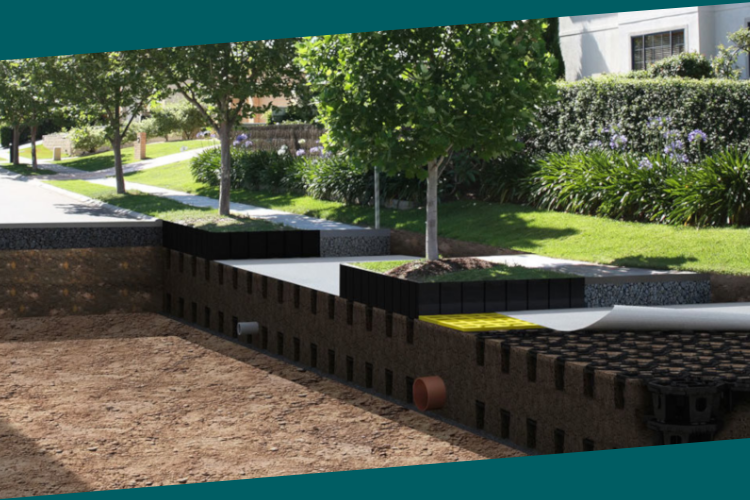
The modular Stratavault system employs advanced design geometry and reinforced copolymers to produce an incredibly robust, skeletal matrix. This matrix has been tested by Finite Element Analysis, as well as physical Ultimate Load tests at university. These test results have been verified by consulting engineers to provide adequate support for pavement loads
Established in 2002, we provide our clients a proven, systematic approach and a reliable experienced team that can take all compliance logistical burdens off your shoulders. What could make your life simpler? One call. One point of contact. New project launches simplified. Compliance simplified. Compliance assured.
Other key reasons to choose us:
If achieving the highest level of compliance while reducing risk and lowering costs is important to you, then let’s work together. We provide full turnkey stormwater management consulting and solutions. All field crew are OSHA 30 certified.
Tell us about your project and get a quick quote.
Stormwater management may seem like a relatively new industry, but it has actually been around since the Roman times. They knew, even back then, that managing stormwater runoff was a key issue to urban living. With poor stormwater management, both flooding and disease constantly wreaked havoc in ancient cities.
Not much has changed since then, except now, with more and more of the earth being covered over with cement and other impervious surfaces, the negative effects of poor stormwater management have increased exponentially. Our natural water supplies are at risk due to pollution and their lack of ability to recharge. The flowing of our waterways are at risk from erosion, sediment build up, and trash. And, our marine life is at risk, from all the chemicals finding their way into bodies of water.
Some may see stormwater management as just another unnecessary and unwanted cost to construction projects or property ownership and management. But, understanding the negative effects that poor or no stormwater management is causing should be a concern to us all. It affects where we live and play. It affects our marine-based food supply. It affects our dwindling water supply.
We care. It is why we do what we do.
They are the first call I make when I need cutting edge information on green infrastructure implementation options and resources and they have always been willing and able to help.
WT Byler trusts the knowledge and expertise of Construction EcoServices for Stormwater Compliance on our projects.
I believe I started using your firm back in 2004/05, and haven’t ever regretted that decision.
ECO is well organized, detailed-oriented and has remarkable responsiveness when service requests are needed. In all our diversity we depend highly on. ECO to maintain their responsibilities they have become one of our most valuable and dependable assets of our organization for over eight consecutive years.
They are the first call I make when I need cutting edge information on green infrastructure implementation options and resources and they have always been willing and able to help.
WT Byler trusts the knowledge and expertise of Construction EcoServices for Stormwater Compliance on our projects.
I believe I started using your firm back in 2004/05, and haven’t ever regretted that decision.
ECO is well organized, detailed-oriented and has remarkable responsiveness when service requests are needed. In all our diversity we depend highly on. ECO to maintain their responsibilities they have become one of our most valuable and dependable assets of our organization for over eight consecutive years.
